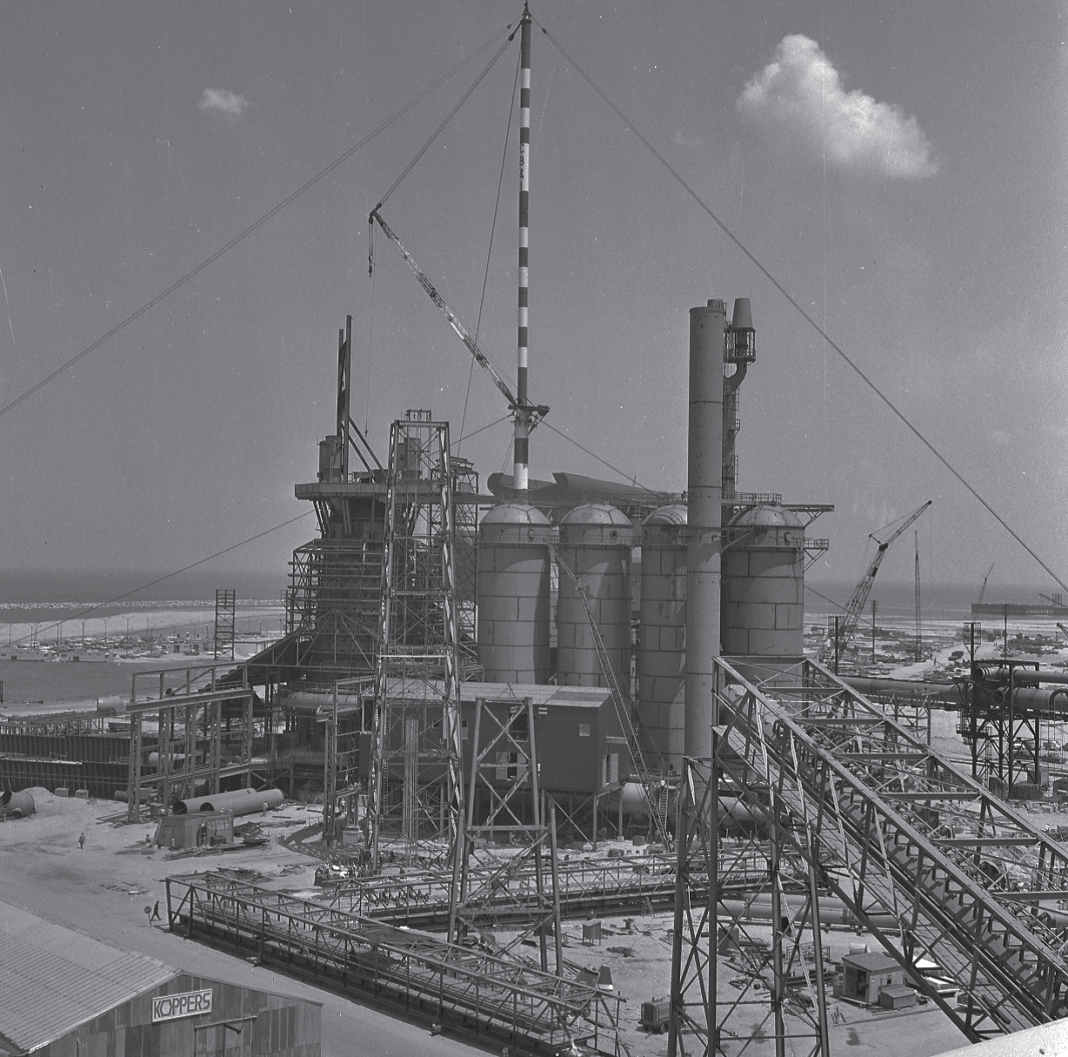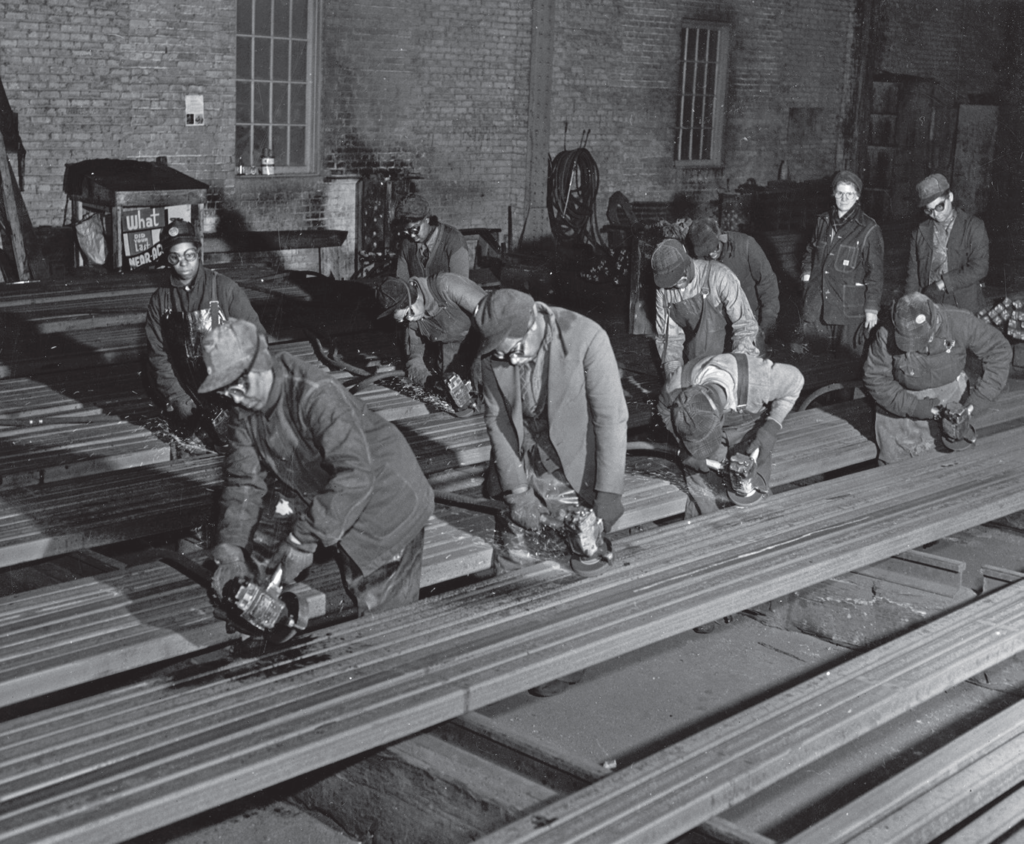
By the time Elbert Gary had completed his plans, the Indiana city of Gary and its mills could boast twelve blast furnaces, forty-seven steel furnaces, an impressive harbor — and an unknown number of lingering ghosts.
It was the opening years of the twentieth century, and would-be workers from every corner of Europe poured in, along with migrant workers from all around the United States. Those workers faced incredible challenges, ranging from exploitative management to dangerous jobs. Loss of digits and limbs, men crushed by railroad cars, decapitations — more than five hundred steel workers have perished in Gary since 1906.
Rumors persist that many of those workers still haunt the region.
Molten ladles
One of the most feared fates in the mills was of falling into “the Heat”: the vats or “ladles” of molten metal. The steel can reach a temperature of almost three thousand degrees, and a human body will apparently disintegrate in the substance in a matter of seconds.

The question of what to do with the ladle after such a mishap is one that allegedly continues to be a problem: Should the mill use it anyway, since there’s no trace of the unfortunate, vaporized body? Should it be disposed of respectfully, despite the tremendous loss in product—about 150 tons of steel?
One worker talked of a woman who lost her husband in a ladle accident and demanded a body from the mill, wanting to give him a proper burial. Being unable to provide one, the company reportedly cut out a man-sized chunk of the ladle and sent it to the funeral home. The mortician sealed it in the chosen casket and convinced the widow to have a closed-casket funeral. Stories have circulated for years that ladles containing human remains are sometimes buried in Lake Michigan, leading to stories of fishermen off the Gary coast picking up men in the water who regale their rescuers with chilling stories of being burned alive—before disappearing before the fishermen’s eyes.
Sights and smells
This region was known for strange and spiritual occurrences, including the famous Diana of the Dunes. There were many other, smaller examples.
Sometimes deaths in the mill leave behind evidence of the event in the form of disembodied voices or smells. One worker said that after his coworker was crushed by a rail accident, he’d frequently hear a male voice say, “Hey!” in his ear as he was working near the death site.
Another worker told of working with a buddy who had had his skull pierced while working in a “continuous rod” mill and died instantly. For months afterward, workers would smell a strong smell of cigars at the death site from time to time. The deceased worker had been known for always smoking part of a cigar at lunchtime.
Worker against worker
In one case dating back to the 1960s, two workers reportedly had such hatred between them that they seemed always on the verge of physically attacking each other.

According to the story, there was a woman involved, and one was bitterly jealous, while the other was openly arrogant about his relationship with her. One day, the latter fell five stories and crushed his ribs against a piece of machinery, causing internal bleeding that killed him in minutes.
The only witness to the “accident” was his relentless rival, who said he had seen him “standing there one minute, gone the next.” Some exposed electrical wires along the ground were pointed out by the survivor, who suggested that he must have tripped.
According to his co-workers—none of whom believed his story—he quit soon after the incident, claiming that something had tried to push him to his death at the exact spot where his rival had plummeted to his end.


